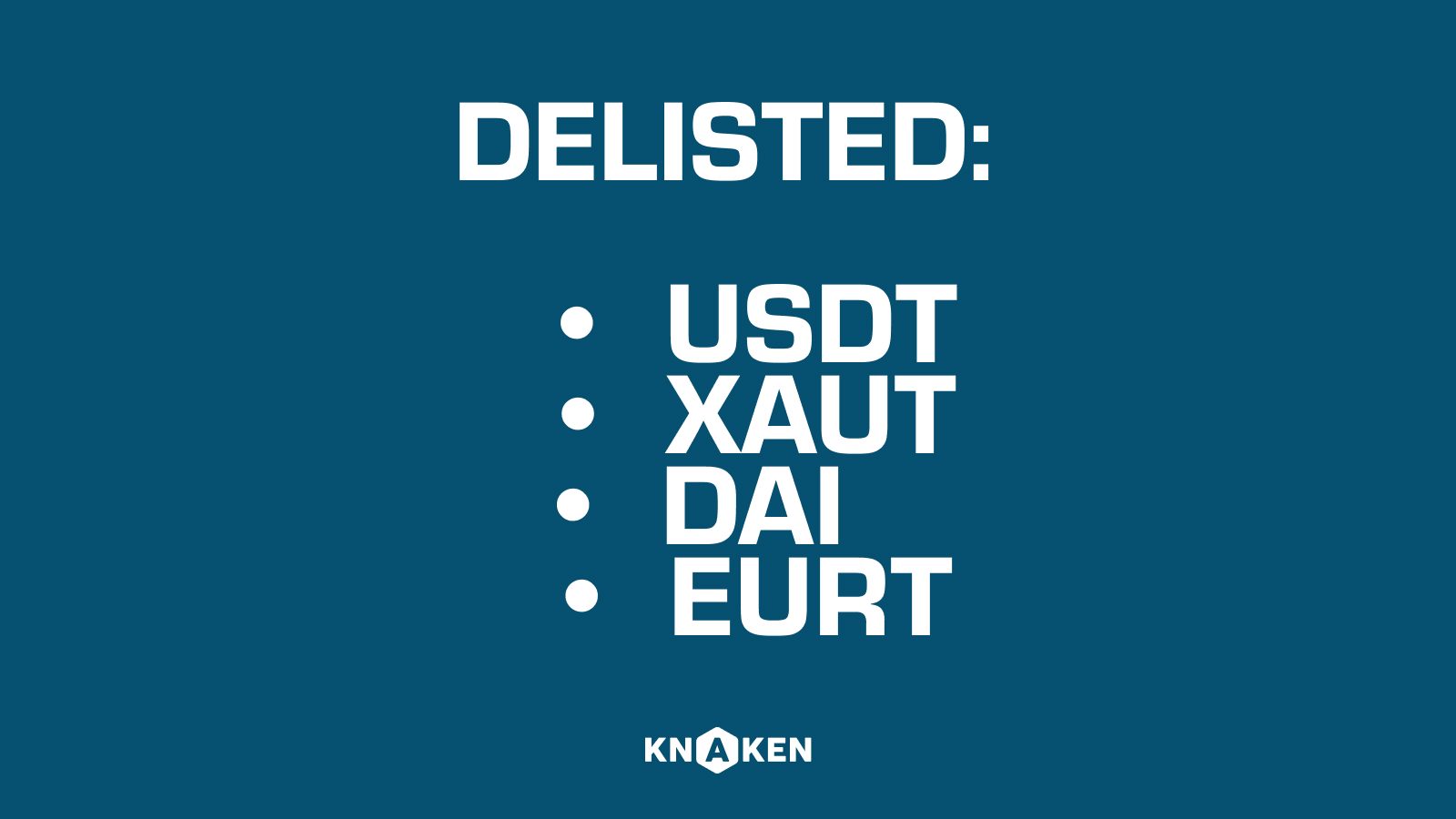Initial Coin Offering (ICO)
Introduction to ICOs
An Initial Coin Offering (ICO) is a fundraising method utilized by startups and projects in the cryptocurrency and blockchain space to raise capital by selling tokens. Unlike traditional fundraising methods, ICOs allow investors to directly purchase these tokens, which may later grant access to a project’s services, utilities, or profit-sharing.
How ICOs Work
ICOs operate on blockchain technology and typically follow these steps:
- Project Development: A company or organization identifies a problem and develops a blockchain solution.
- White Paper Creation: A detailed document called a white paper is published, outlining the project’s goals, technology, token distribution, and roadmap.
- Token Issuance: The project generates a specific amount of tokens that will be sold during the ICO.
- Announcement: The launch date and details of the ICO are announced to attract potential investors.
- Funding Period: The ICO takes place over a predetermined time frame, during which investors can purchase tokens in exchange for established cryptocurrencies like Bitcoin or Ethereum, or fiat money.
- Token Distribution: After the ICO ends, tokens are distributed to investors, and the funds are utilized to develop the project.
Types of Tokens Offered in ICOs
ICOs can offer different types of tokens, including:
- Utility Tokens: Tokens that can be used within a specific platform or ecosystem to access products or services.
- Security Tokens: Tokens that represent ownership or stake in an underlying asset or company, complying with regulatory standards.
- Equity Tokens: Tokens that provide shareholders with ownership rights in a company, similar to traditional stock.
- Non-Fungible Tokens (NFTs): Unique tokens that represent ownership of specific items or intellectual property, often used in art and gaming.
Advantages of ICOs
ICOs offer several advantages for both issuers and investors:
- Access to Capital: Startups can raise significant sums of money without going through traditional funding routes.
- Global Reach: ICOs are accessible to investors worldwide, breaking down geographical barriers.
- Decentralization: Investors have the ability to participate in new projects without the need for intermediaries.
- Community Engagement: Projects often build a community of early adopters and enthusiasts who can provide valuable feedback.
Risks Associated with ICOs
Despite their potential benefits, ICOs come with inherent risks:
- Regulatory Uncertainty: The legal status of ICOs varies by jurisdiction, and regulatory frameworks are still evolving.
- Fraud and Scams: Some ICOs have been found to be fraudulent, leading to significant financial losses for investors.
- Market Volatility: The value of tokens can be highly volatile, influenced by market sentiment and speculation.
- Project Failure: Many projects do not deliver on their promises, leading to loss of funds for investors.
Regulation of ICOs
Regulatory bodies around the world are increasingly scrutinizing ICOs to protect investors. Some key points to consider include:
- Registration Requirements: Some jurisdictions require ICOs to register as securities offerings, necessitating disclosures to investors.
- Investor Protection: Regulations may mandate that companies conduct background checks and implement anti-fraud measures.
- KYC and AML: Many ICOs are now required to adhere to “Know Your Customer” (KYC) and “Anti-Money Laundering” (AML) regulations to verify investor identities.
Conclusion
Initial Coin Offerings (ICOs) represent a unique opportunity for both startups and investors within the cryptocurrency ecosystem. While they provide a streamlined fundraising approach with the potential for high returns, they also carry significant risks. Understanding the nature of ICOs, their regulations, and the associated risks is crucial for anyone considering participation in this increasingly popular method of raising capital in the blockchain space.


















